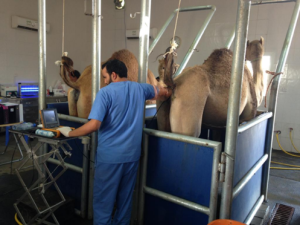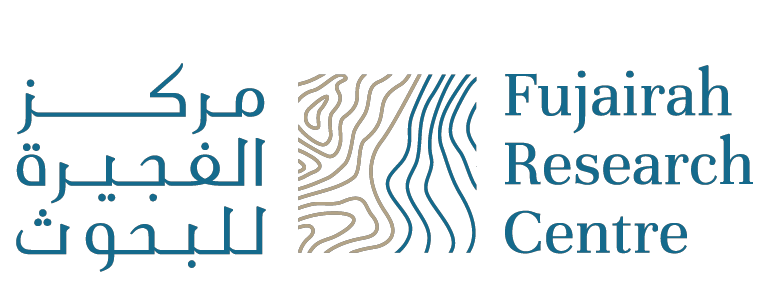
Embryo transfer in dromedary camels
Improving the reproductive efficiency of camels is challenging due to their long gestation period, short breeding season, and reliance on traditional reproductive management methods. These traditional methods often result in difficulties ensuring the desired number of pregnant females at the end of the breeding season and can lead to widespread venereal infections, reducing fertility.
One solution to overcome these challenges is embryo transfer, which allows for the production of multiple offspring with desired genetic traits. Two protocols of embryo transfer can be done in camels, either with or without superovulation of the female donors. A successful embryo transfer program requires two key steps: (a) proper donor preparation and examination, either non- or super-ovulated, followed by an optimal mating or insemination time, and (b) synchronizing recipients.
Superovulation involves stimulating the growth of multiple follicles in the ovaries. This is typically achieved using hormone treatments such as equine Chorionic Gonadotrophin (eCG) or Follicle follicle-stimulating hormone (FSH), either alone or in combination. However, superovulation treatments in female camels have limitations, including a high incidence of non-responsive females, follicle luteinization, and overstimulation of ovaries.
To maximize the success of embryo transfer, donors should be bred when their follicles reach a suitable size, monitored using ultrasonography. Embryos are collected non-surgically, through flushing the uterus and collecting the embryos using a special catheter. The timing of embryo recovery is crucial, with optimal results achieved around day 7 or 8 post-ovulation. Embryos are evaluated based on their size and morphology, with different grades indicating their quality and viability.
Selecting suitable recipients is vital for successful embryo transfer. Recipients undergo screening for reproductive and health issues, and synchronization with donors is essential. Various methods, such as hormone treatments and timing of ovulation, are used to synchronize recipients with donors.
Embryos are transferred non-surgically into the uterine cavity of recipients. Factors affecting pregnancy rates include the quality of recipients, synchronization with donors, side of transfer, and season. Pregnancy is confirmed 10 days post-embryo transfer by determination of progesterone level in the serum of recipients. In addition to rectal ultrasound examination of the recipients can be applied starting from two weeks post-embryo transfer. In conclusion, a combination of hormonal treatments, careful synchronization, and proper management techniques can improve the success of embryo transfer programs in camels, ultimately enhancing reproductive efficiency and genetic selection in breeding herds.
